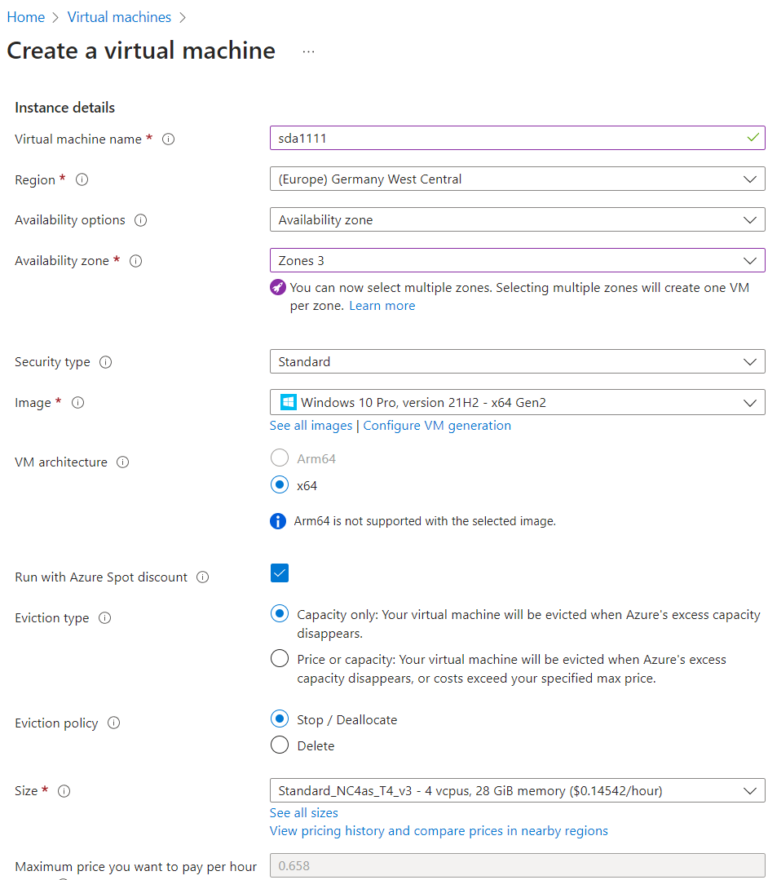Requirements Quality Criteria with Examples (Part 2)
NECESSITY (or “obligation”)
Each requirement should provide real business value, differentiate the product in the market, or ensure compliance with standards and regulations. If a requirement is obsolete, has been superseded by another, or is simply not necessary for implementation, it should be removed from the set of requirements.
Example 1: “The application should have the ability to log in via the Line social network.”
If the product is targeted at the Russian audience, the share of users from Asian countries is a tiny percentage, and the company does NOT plan to promote in Asia, then supporting authorization through a social network popular specifically in Asia does not add significant value and does not meet the company's goals. Such a requirement is not necessary and mandatory for implementation.
Example 2:
Initial requirement: “Users should be able to return to the previous page using the Back button.”
New requirement: “Users should be able to return to the previous page with a swipe gesture.”
The “Back” button becomes unnecessary after the implementation of the gesture. Because the gesture performs the same function, but is more convenient and meets modern user interface standards. After removing the “Back” button, the requirement for it should be removed. Otherwise, there will be confusion.
Example 3: “The application must support Internet Explorer 10.” This requirement has become obsolete and should be removed as Internet Explorer 10 is no longer used or supported by developers.




